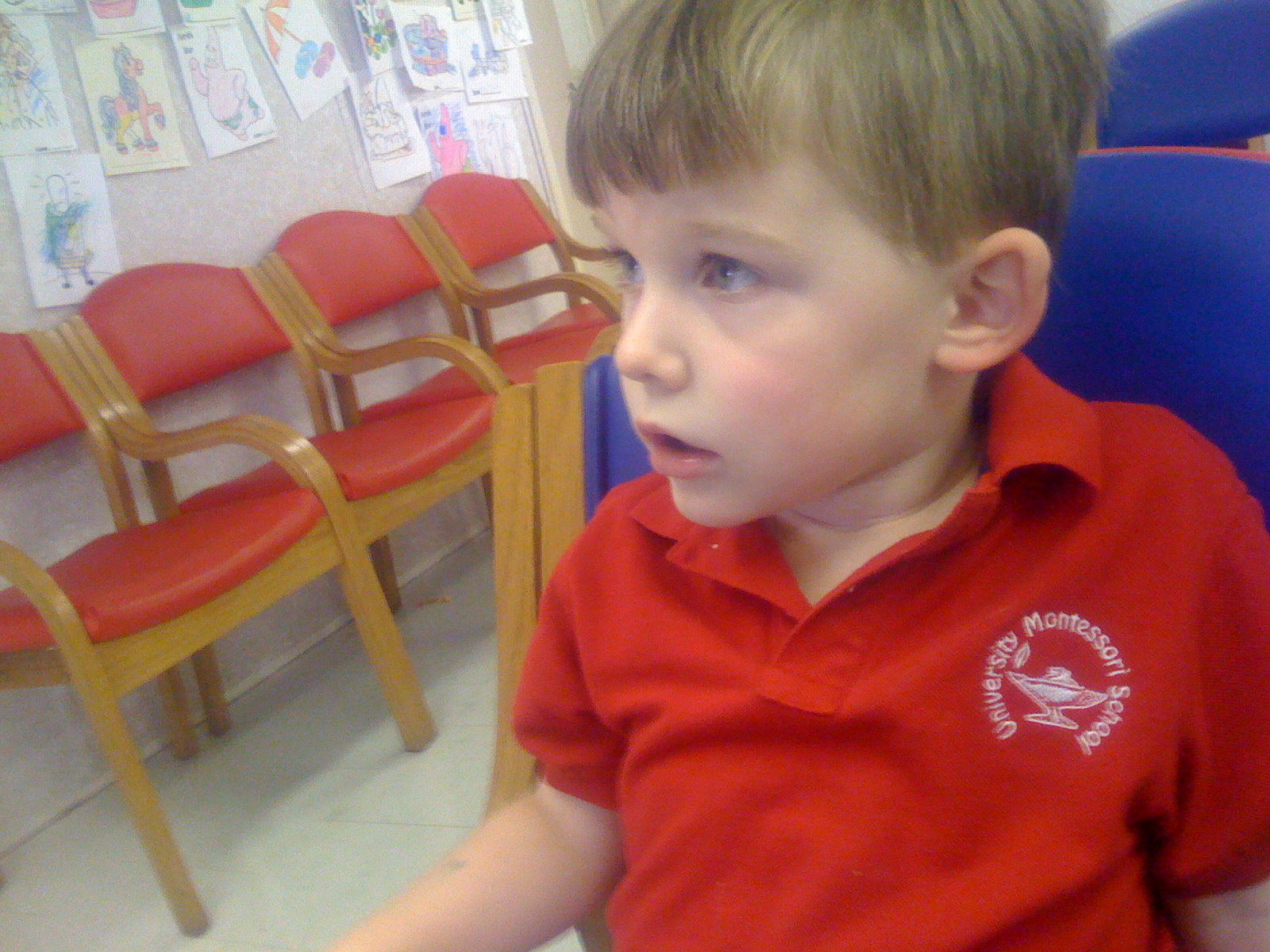This advice-column-style blog for SLPs was authored by Pam Marshalla from 2006 to 2015, the archives of which can be explored here. Use the extensive keywords list found in the right-hand column (on mobile: at the bottom of the page) to browse specific topics, or use the search feature to locate specific words or phrases throughout the entire blog.
Cleft Palate: The Big Picture
By Pam Marshalla
Q: I have a new referral for a 4-year-old client who has had several cleft repairs and prior therapy. Per his last report his only speech error is a lisp but I also saw in his mom’s referral info that he has some feeding problems and is sensitive to certain food temperatures and consistencies. Could his atypical sensory and chewing issues be factors in his interdental error pattern? Do you have suggestions for evaluating and treating this child? His mom wants me to focus on the lisp only.
We have to look at the big picture. Most SLPs have been trained to consider children with clefts to be somehow different than all other clients. They have a cleft and therefore they are whisked away to the box called “structural deficits.” We are taught not to consider anything else once they are in that box.
But a client with a cleft is no different than any other client. He might have sensitivity issues, differences in muscle tone, poor oral awareness and discrimination, poor auditory discrimination, and so forth. He could have any of the primary causes of speech deficit.
With a frontal lisp he has jaw and tongue instability like any other client, and he probably also has slightly low oral tone. It sounds like he is hypersensitive too. All this adds together to make a speech and a feeding problem. It is not just the cleft that is/was his problem.
This child needs to be looked at just like any other child, and a thorough differential diagnosis needs to take place to understand what his issues are. Whatever the issues are, those are what we address in treatment. I do not find it valuable to think of speech problems separately from the big picture.
Correct production of the sibilants would be the central issue in treatment because of the mom’s concern and also because of who we are. That therapy would include––
- Activities to stabilize the jaw––so it does not lower too far when producing sibilants.
- Activities to stabilize the tongue at the back-lateral margins––so it does not slip forward.
- Activities to normalize his oral-tactile sensitivity––so he can feel what is going on in his mouth.
- Activities to teach him to eat better––so that normal oral movement patterns become habitualized within his oral movement scheme.
- Activities to establish normal oral rest position (assuming it may be off too).

